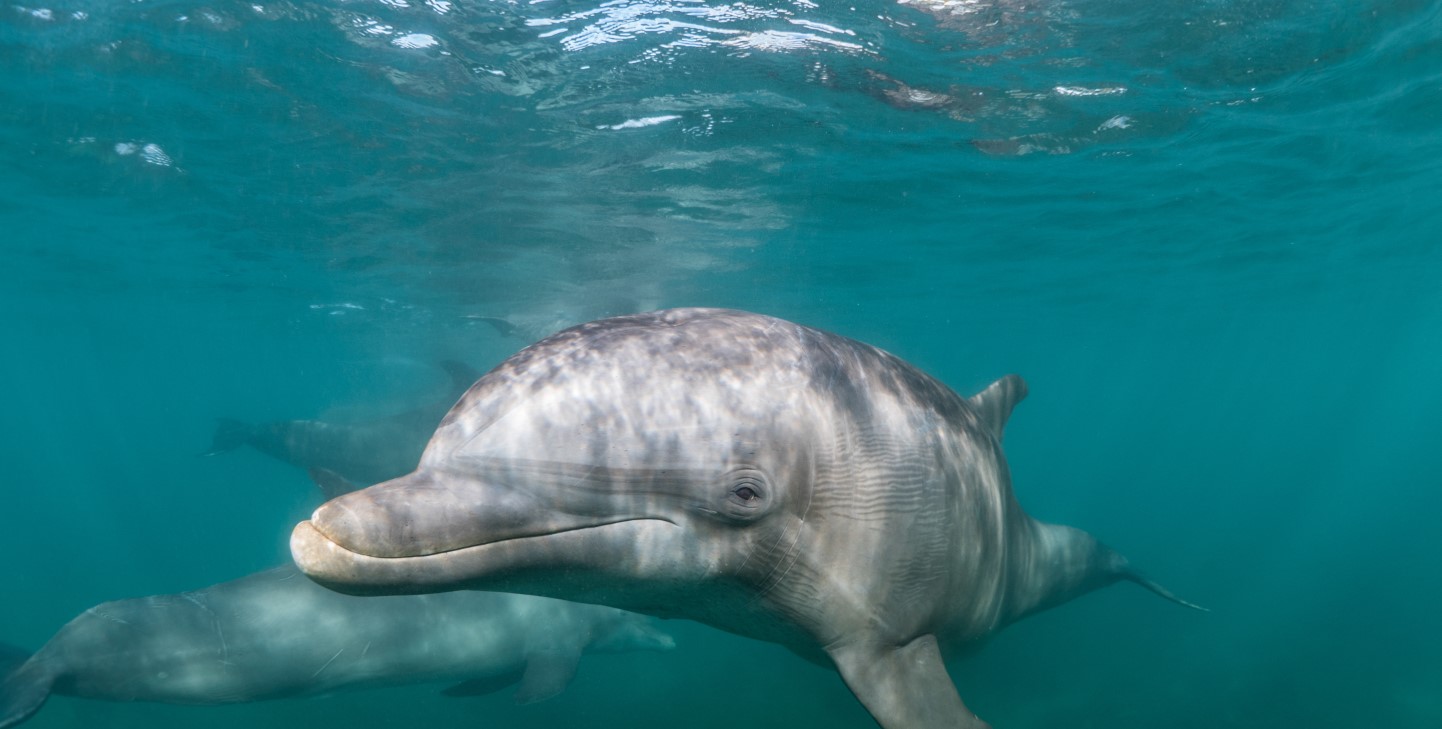From the postcard-perfect Coral Bay to the hidden beauty of Secret Cove, these spots promise stunning photos and unforgettable views.
GVI
Posted: August 29, 2024

Petrina Darrah
Posted: April 30, 2023
Dolphins are one of the most beloved sea creatures, known for their intelligence and playful nature. The Mediterranean Sea is home to many different species of dolphins, each with its own unique characteristics and behaviours. In this article, we’ll explore the types of dolphins found in the Mediterranean, their habitat and migration patterns, conservation efforts, and tips for responsible dolphin watching.
The Mediterranean Sea is home to several different species of dolphins, including the Common Dolphin, the Striped Dolphin, the Bottlenose Dolphin, the Risso’s Dolphin, and the Short-beaked Common Dolphin. Each species has its own physical characteristics and behaviours that distinguish it from the others.
The Common Dolphin, for example, is easily recognizable by its distinctive hourglass-shaped pattern on its sides. It’s a social species that lives in large groups and is often found in the coastal waters of the Mediterranean. The Striped Dolphin, on the other hand, has a more streamlined body and is known for its agility and speed. It’s often found in the deeper waters of the Mediterranean and is a favourite among dolphin watchers.
The Bottlenose Dolphin is perhaps the most famous dolphin species and is known for its playful and curious nature. They can be found in both coastal and offshore waters and are often seen interacting with humans. The Risso’s Dolphin, on the other hand, has a more unique appearance, with a bulbous head and a scarred body. They are often found in the deeper waters of the Mediterranean and are less commonly seen by dolphin watchers.
Dolphins in the Mediterranean have a variety of preferred habitats, depending on the species. Common Dolphins, for example, can be found in both coastal and offshore waters and are often seen swimming near boats and ships. Striped Dolphins, on the other hand, prefer deeper waters and are often found near the continental shelf.
Bottlenose Dolphins can be found in both coastal and offshore waters and are often seen interacting with humans. Risso’s Dolphins, however, are more solitary and are typically found in the deeper waters of the Mediterranean. Dolphins in the Mediterranean migrate throughout the year, with some species, like the Common Dolphin, moving closer to shore in the summer months.

Despite their popularity, dolphins in the Mediterranean face many threats, including pollution, overfishing, and accidental entanglement in fishing nets. Conservation efforts are underway to protect these beloved creatures and their habitats. One such effort is the creation of Marine Protected Areas, which provide a safe haven for dolphins and other marine life.
In addition, organisations such as the World Wildlife Fund and the Mediterranean Conservation Society work to educate the public on the importance of protecting dolphins and their habitats. The Mediterranean Dolphin Project, a research project led by the Tethys Research Institute, also works to monitor dolphin populations and track their movements.
Dolphin watching tours are a popular activity in the Mediterranean, but it’s important to do so responsibly. When booking a dolphin watching tour, it’s essential to choose a reputable operator that follows responsible whale and dolphin watching guidelines. These guidelines include staying a safe distance from the animals, not approaching them too quickly, and never feeding or touching them.
It’s also important to avoid disturbing the dolphins’ natural behaviour and to minimise the impact of the tour on the environment. By following these guidelines, visitors can enjoy an unforgettable experience while also protecting the dolphins and their habitats.
While the Mediterranean is home to many different species of dolphins, there are other locations in Europe where people can see these amazing creatures. In Portugal, for example, visitors can go on dolphin watching tours in the Sado Estuary or the Azores Islands. The Canary Islands, specifically Tenerife, is another popular location for dolphin watching tours. GVI offers an opportunity to work on a dolphin conservation project in Tenerife, where volunteers can assist with research and conservation efforts to protect these magnificent animals.
Dolphins are an essential part of the Mediterranean’s marine ecosystem and a beloved species around the world. It’s essential to protect these creatures and their habitats to ensure their survival for generations to come.
By Petrina Darrah

From the postcard-perfect Coral Bay to the hidden beauty of Secret Cove, these spots promise stunning photos and unforgettable views.
GVI
Posted: August 29, 2024